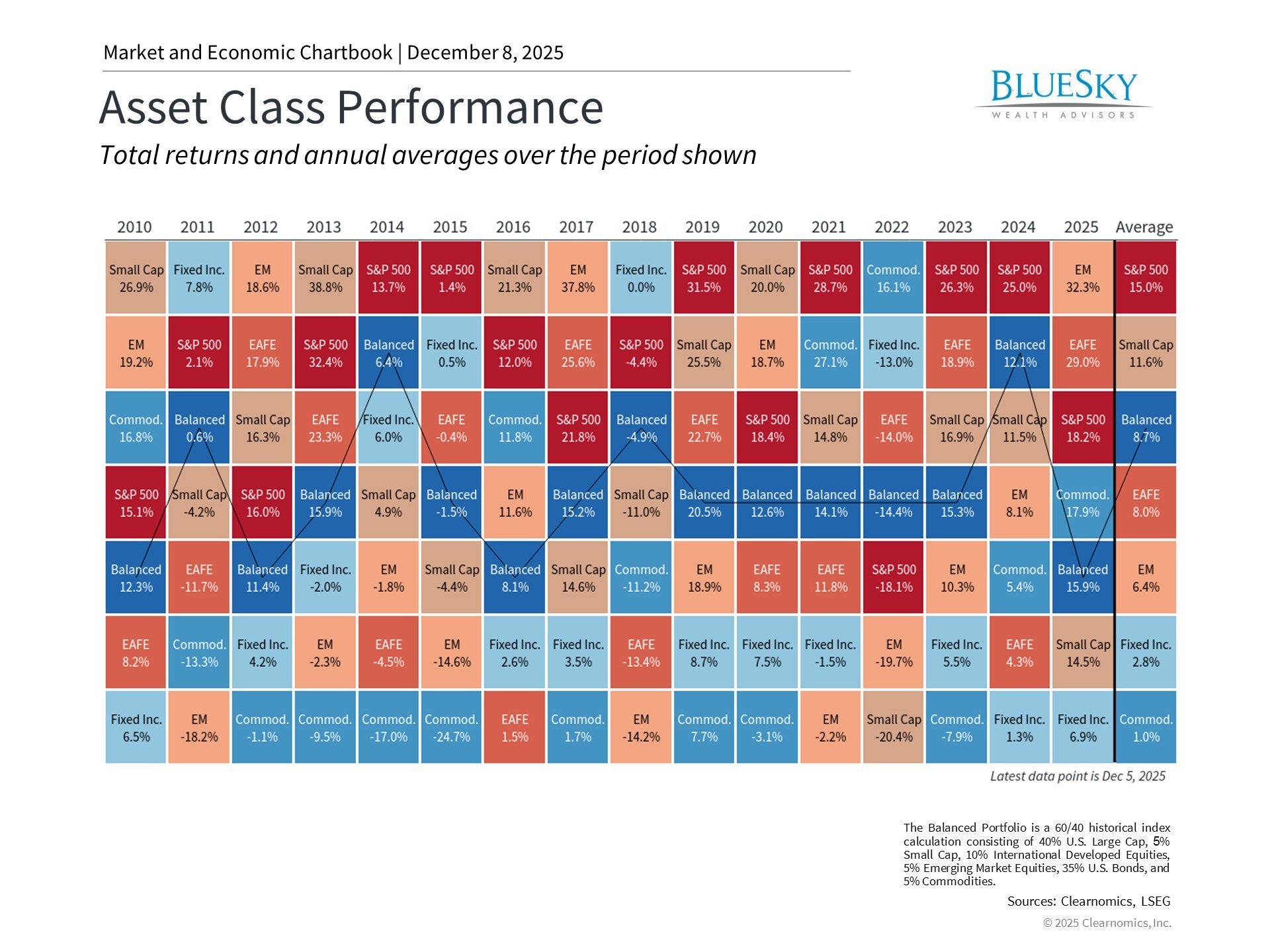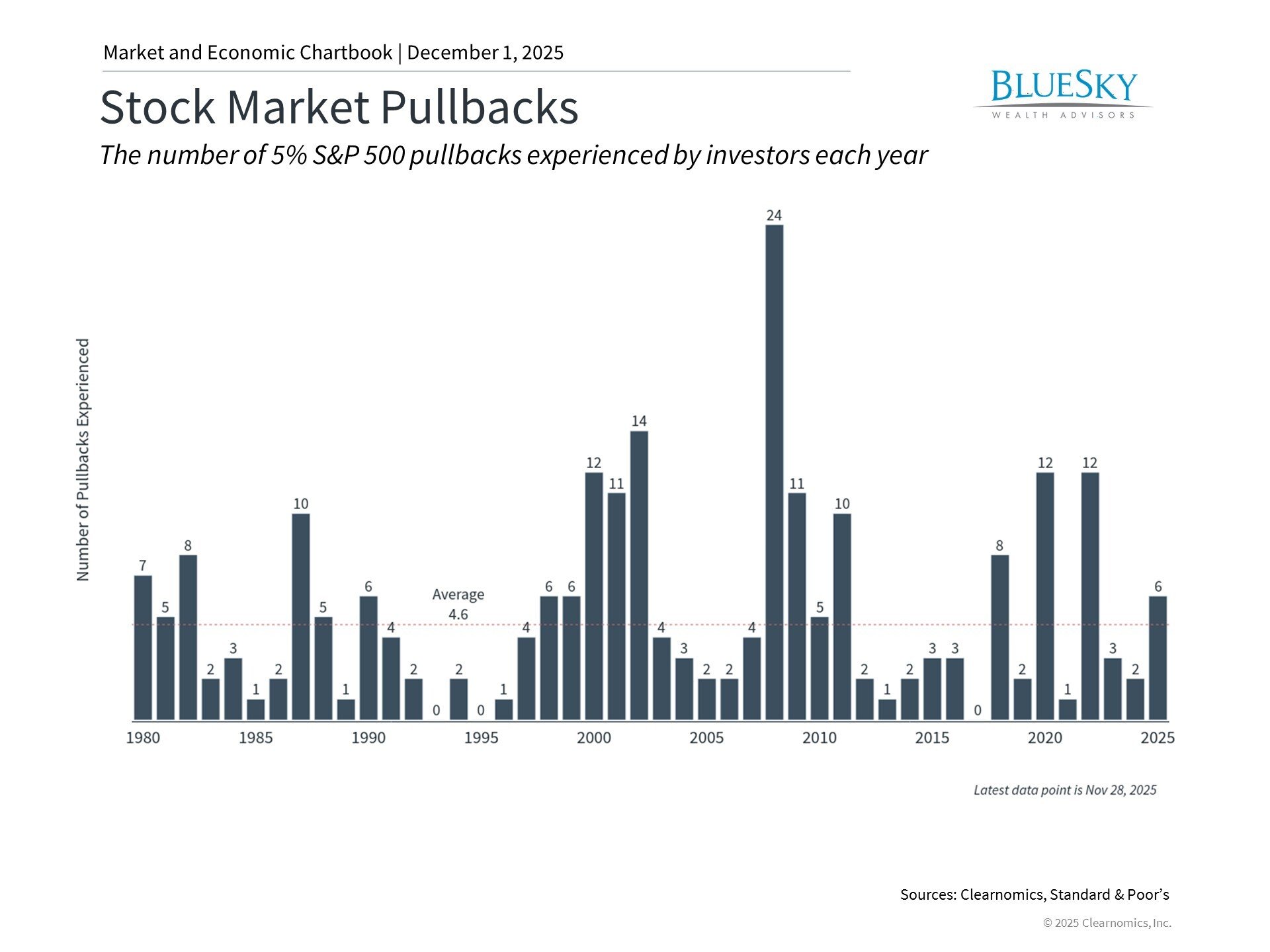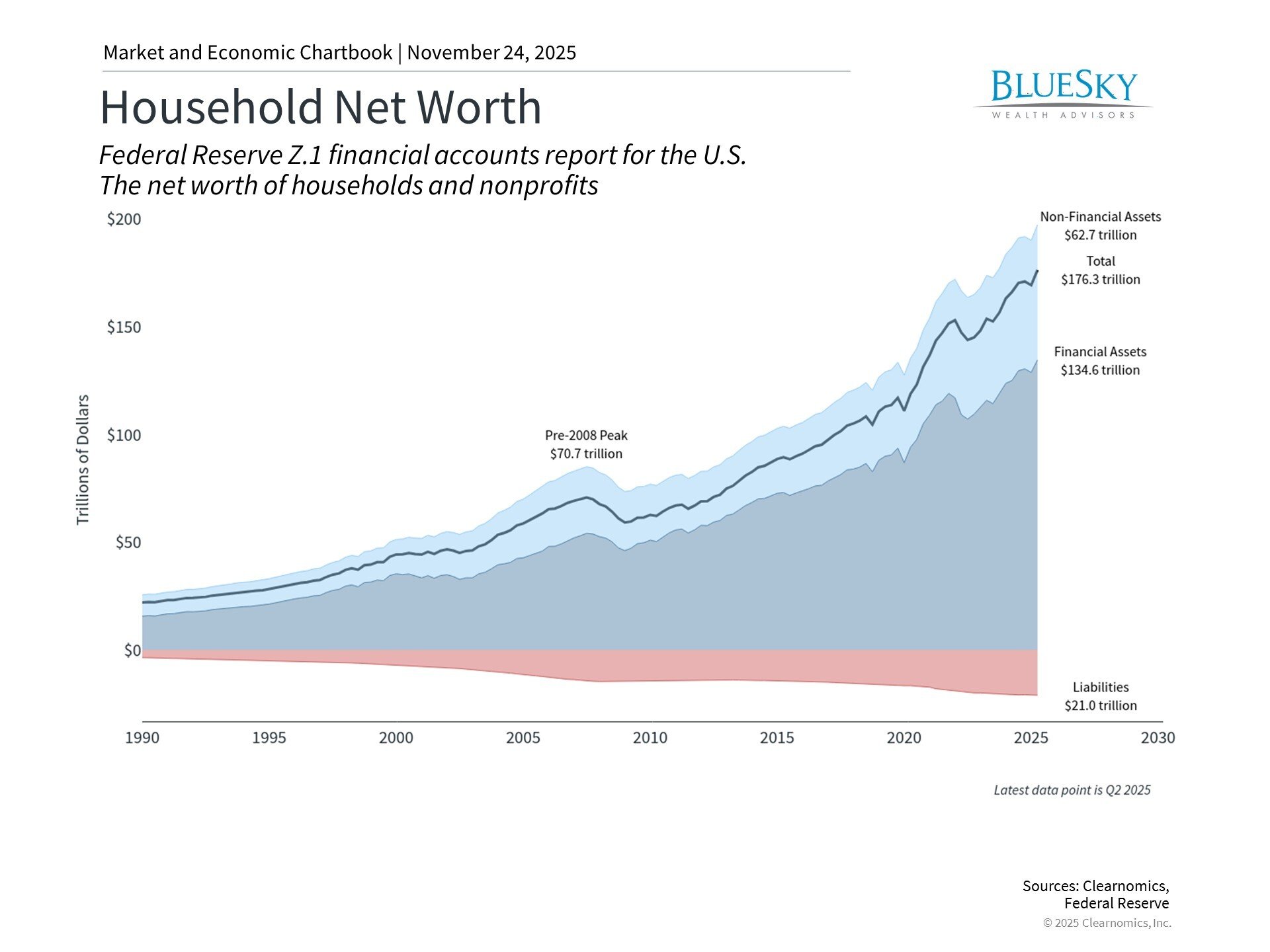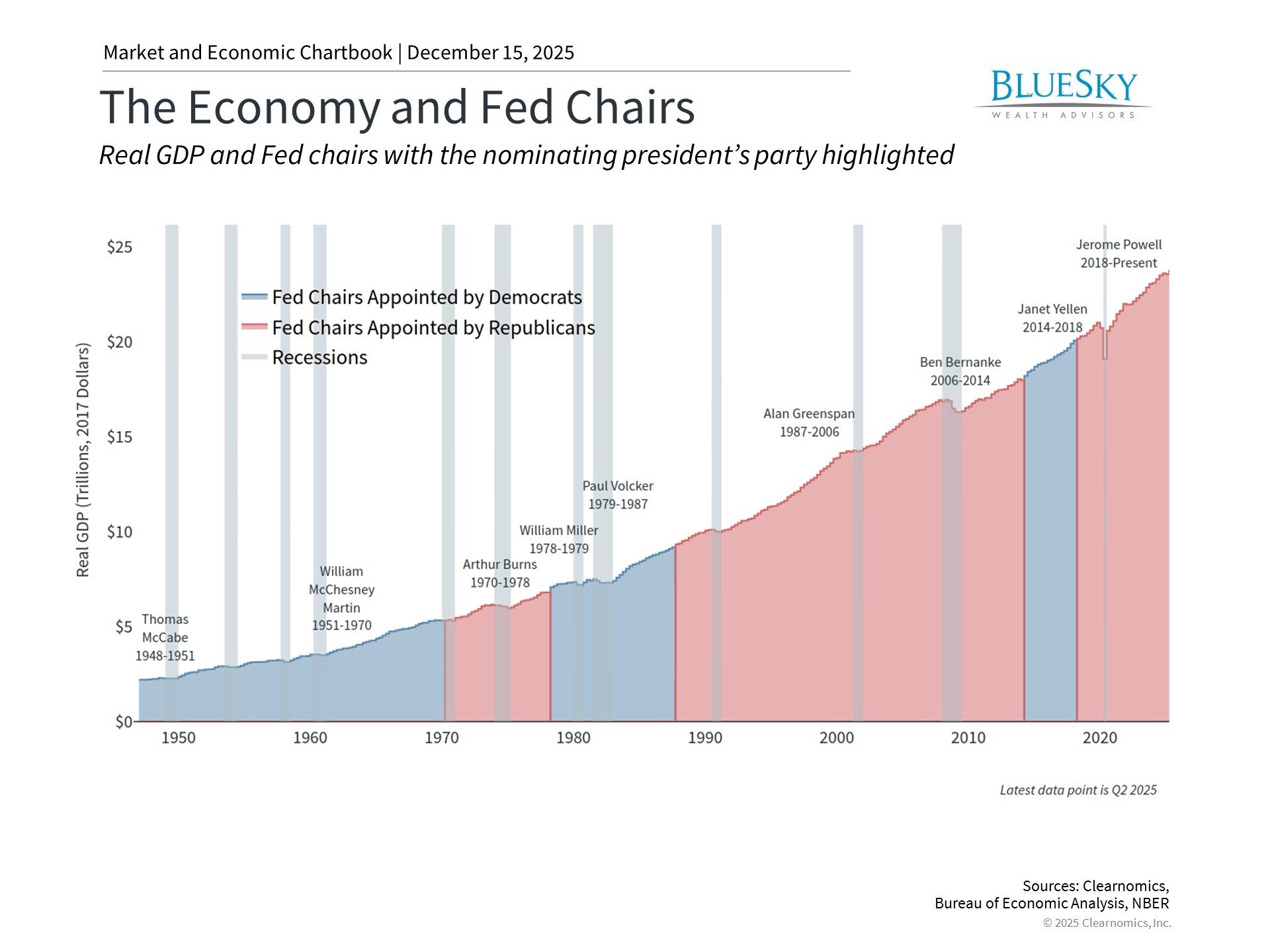
How to Start Investing in Dividend Stocks
How to Start Investing in Dividend Stocks
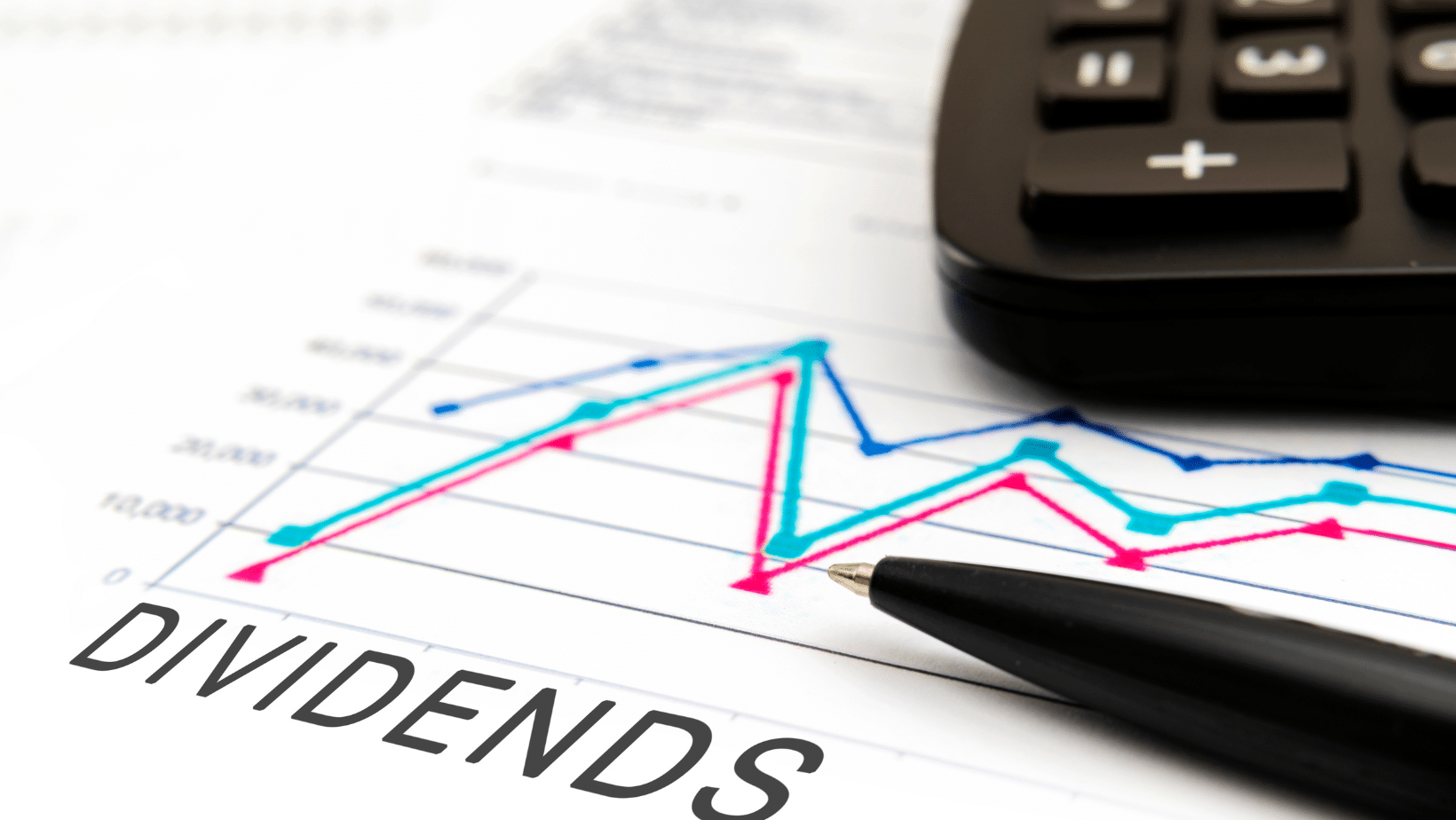
Are you looking to start investing in dividend stocks but not sure where to begin? Don’t worry, you’re not alone. Investing can seem intimidating, especially for beginners. But with the right knowledge and strategies, dividend stocks can be a great way to generate passive income and build long-term wealth.
In this guide, we’ll break down the basics of dividend stock investing and provide tips to help you get started on your journey toward financial freedom. We will also cover important concepts, such as what dividend stocks are, how they work, and how to evaluate potential investments.
Understanding Dividend Growth Investing

Dividend stocks are shares that regularly pay out dividends to shareholders, typically on a quarterly basis. These dividends represent a share of the company’s profits and are disbursed to investors as a means of involving them in the company’s accomplishments. Dividend stocks can be found across various industries and sectors, ranging from established corporations to emerging businesses.
For instance, imagine being a fervent coffee enthusiast who chooses to invest in a dividend stock from your preferred coffee company. Each quarter, you’ll receive a dividend based on the company’s earnings. This not only allows you to gain financially from the stock but also makes you feel connected to the company’s achievements. Investing in dividend stocks offers numerous benefits, and this example illustrates just one of them.
The Benefits of Investing in Dividend Stocks

Dividend stocks are renowned for their myriad benefits, offering investors the potential for asset growth and a steady stream of income. Here are the expected benefits of investing in dividend stocks:
Passive Income
Investing in dividend stocks can provide a steady stream of passive income that requires minimal effort. As mentioned earlier, these stocks pay out regular dividends to shareholders, allowing you to earn money while you sleep. This can be particularly beneficial for those looking to supplement their primary source of income or save for retirement.
For example, investing in a dividend stock from a stable and well-established company like Coca-Cola can provide you with a consistent stream of passive income. Even if the stock price fluctuates, as long as the company continues to perform well and pay dividends, you will continue to receive your quarterly payouts. This makes dividend stocks an attractive option for those looking for a more hands-off approach to investing.
Stock Price Stability
Another significant benefit of investing in dividend stocks is the potential for stock price stability. While all stocks are subject to market fluctuations, dividend-paying stocks tend to be less volatile than non-dividend-paying ones. This is because high dividend-yielding companies that pay regular dividends are typically more financially stable and have a proven track record of consistent earnings. As a result, investors can feel more confident about their investment and have peace of mind knowing that their capital is less likely to be affected by short-term market fluctuations.
For instance, if you decide to invest in dividend stock from a large, established company like Procter & Gamble. Despite market volatility, this company has a history of consistently paying out dividends and has strong financials. This can help stabilize the stock price, making it less likely for you to experience significant losses in your investment.
Tax Advantages
Investing in dividend growth stocks also offers potential tax benefits, depending on your country’s tax policies and financial situation. In many cases, the tax rate on qualified dividends is lower than the rate on regular income, which can lead to significant tax savings over time. This is due to governments wanting to encourage investment in the stock market, which in turn can help fuel the economic dividend growth rate.
It’s essential, however, to understand your country’s tax laws regarding dividends and consider consulting with a tax professional to optimize your investment strategy for tax efficiency. For example, in the United States, qualified dividends are taxed at the capital gains rate, which for most investors is lower than their dividend payment rates, thus providing a clear tax advantage to dividend investing.
Potential for Long-Term Growth
While dividend stocks are often seen as a source of passive income, they also have the potential for long-term growth. Many dividend-paying companies that pay regular cash dividends are well-established and have a strong history of consistent earnings and growth. This stability can make it easier to predict future performance and, therefore, reduce some investment risk.
Additionally, some companies may increase their dividends over time as they continue to grow and generate higher profits. This can provide investors with not only a steady stream of income but also the potential for capital appreciation in their investment.
Diversification
Another compelling advantage of investing in dividend stocks is diversification. By holding a wide range of dividend-paying stocks across different industries and sectors, investors can spread their risk. Diversification is critical to any sound investment strategy because it mitigates the impact of poor performance in any single investment. For instance, if one sector of the economy faces a downturn, investing in another, more resilient sector can help offset potential losses.
Incorporating dividend stocks from various sectors, such as consumer goods, technology, and utilities, into your investment portfolio provides a steady stream of income and protects against volatility specific to individual industries. This strategic approach to investing can lead to a more stable and potentially profitable portfolio over the long term.
Compound Growth
The power of compound growth is one of the most compelling reasons to invest in dividend stocks. When you reinvest your dividends, instead of taking the payouts in cash, you purchase additional shares of the stock. Over time, this can lead to exponential growth in the value of your investment as the dividends from an increasing number of shares continue to compound.
This strategy maximizes the potential for growth in your investment portfolio, turning what starts as a modest dividend payout into a significant source of wealth over the long term. For instance, an investment in a company that consistently raises its dividend each year can result in an impressive growth in the number of shares you own and the total value of your investment, demonstrating the remarkable effect of compounding on long-term investment returns.
Factors To Consider Before Investing In Dividend Stocks

While there are numerous benefits to investing in dividend stocks, it’s essential to consider several factors before making any investment decisions. These include:
Company Performance
Before investing in dividend stocks, it’s crucial to thoroughly research and analyze the company’s performance. This means looking at their financial statements, earnings reports, and overall market trends. It’s essential to understand the company’s history of paying dividends and whether they have a consistent track record of growth.
For example, you may want to invest in dividend aristocrats like Johnson & Johnson, which has consistently increased its dividend for over 50 years. This level of stability and growth demonstrates the company’s strong performance and potential for long-term returns. Conversely, investing in a company with a history of inconsistent dividends or declining financials can pose significant risks and potentially lead to losses in your investment.
High Dividend Yield
The dividend yield is a critical metric for assessing the attractiveness of a dividend-paying stock. It is calculated by dividing the annual dividend paid per share by the price per share. This figure, expressed as a percentage, helps investors understand what they can expect to earn in dividends relative to the stock’s price. A higher dividend yield can be appealing as it suggests a more significant return on investment.
However, it’s essential to approach high-yield stocks with caution, as an unusually high yield may indicate a company in distress that has significantly dropped due to underlying issues within the company. Ideally, investors should seek out companies with sustainable dividend yields that reflect both stability and a solid record of dividend payments, balancing the allure of high returns with the realities of investment risk.
Dividend Payout Ratio
The dividend payout ratio is the percentage of a company’s earnings paid out to shareholders as dividends. It can be calculated by dividing the annual dividends per share by earnings per share. A lower payout ratio indicates that a company has room for growth and potential for increasing its dividends in the future. A higher ratio may suggest that a company needs to distribute more of its earnings to shareholders, leaving little room for future growth.
Investors should look for companies with sustainable payout ratios, which indicate a balance between paying dividends and retaining earnings for potential growth. High or unstable payout ratios may be a red flag, signaling that the company is struggling financially and could potentially cut or reduce its dividends in the future.
Company’s Dividend History
A company’s dividend history can provide valuable insights into its financial health, stability, and growth potential. A company’s track record of dividend payments, including how frequently they pay dividends and if they have a history of increasing their payouts over time, can help investors make informed decisions about whether to invest in the stock.
If a company has consistently paid and increased dividends over time, it demonstrates financial stability and can be an attractive investment opportunity. On the other hand, if a company has a history of cutting or suspending its dividend payments, it could signal underlying issues within the company that could impact future returns for investors.
Company’s Debt Level
A company’s debt can significantly impact its ability to pay dividends consistently. High levels of debt can be a warning sign for investors, as it may mean that the company has less cash flow available to distribute in the form of dividends. Before investing in a dividend stock, it’s crucial to understand the company’s level of debt and whether it is manageable or potentially harmful to its financial stability.
Investors should also consider the debt-to-equity ratio, which compares a company’s total liabilities to its shareholder equity. A lower ratio may suggest that a company has more assets than debts and is in good financial standing, making it less risky for investors. Conversely, a higher ratio may indicate a riskier investment opportunity as the company’s financial health may be at risk.
Building and Managing Your Dividend Stock Portfolio

With careful consideration of the above factors, investors can build a diversified dividend stock portfolio that balances risk with potential returns. Here are some additional tips for managing a dividend stock portfolio:
Reinvesting Dividends
One way to maximize the benefits of dividend stocks is to reinvest your dividends into the company, buying more shares and increasing your potential for future growth. Many companies offer a dividend reinvestment plan (DRIP), which automatically reinvests dividends into additional shares at no commission.
For example, you may own 100 shares of a company that pays $1 per share in dividends, giving you $100 in cash. By reinvesting the dividends, instead of receiving the money, you could acquire an additional five shares at a price of $20 each (assuming no commission fees). Over time, these extra shares can increase your potential for future dividend payments.
Diversify Your Portfolio
Diversification is a fundamental principle in investing that helps manage risk and reduce the volatility of an asset’s price movements. By spreading your investments across various sectors, industries, and geographical locations, you can protect your portfolio from significant losses if one investment underperforms. This is particularly important in dividend investing, as different sectors may react differently to economic changes, affecting their ability to pay dividends.
For instance, utility companies often provide stable dividend strategies regardless of economic conditions, while consumer discretionary companies may cut dividends during economic downturns. Therefore, having a mix of dividend-paying stocks from different sectors ensures that a single adverse event does not severely impact your entire portfolio’s dividend income.
Regularly Review Your Portfolio
Regularly reviewing your dividend stock portfolio is crucial to ensure that it aligns with your financial goals and investment strategies. This involves examining the performance of the individual stocks, tracking dividend payments, and reassessing the portfolio’s overall diversification. Changes in a company’s financial health, dividend payout ratios, or strategic direction might signal the need to adjust your holdings.
Additionally, market trends or economic shifts could influence the sectors and industries most likely to provide reliable dividends. By staying informed and adaptable, income investors can make timely decisions to buy, hold, or sell specific stocks, optimizing their portfolio’s performance and safeguarding their dividends paid against unforeseen market fluctuations.
Understand Tax Implications
Dividends are subject to taxation, and the rate at which they are taxed depends on various factors, such as your tax bracket, type of investment account (e.g., taxable or tax-deferred), and the company’s dividend policies. It’s crucial to understand how dividends will affect your taxes so that you can make informed decisions when managing your portfolio.
For example, dividends received in a taxable account are subject to income tax at your regular rate. In contrast, those obtained in a tax-deferred account (e.g., 401k or IRA) will be taxed at your regular income tax rate upon withdrawal. Additionally, some companies may offer qualified dividends subject to lower tax rates than ordinary dividends. Checking with a tax professional or utilizing tax software can help investors optimize their portfolios from a tax perspective.
Conclusion
Building and managing a successful dividend stock portfolio is a complex endeavor. It necessitates in-depth analysis of individual company performance, comprehension of dividend payout dynamics, and strategic actions like diversification and regular portfolio assessments. While seeking to maximize returns, it’s crucial to balance this ambition with risk mitigation, particularly during economic fluctuations that can affect dividend reliability. Understanding tax implications further enhances decision-making, optimizing the portfolio’s effectiveness from a financial perspective. Ultimately, cultivating patience, perseverance, and a well-informed strategy are crucial to unlocking the potential of dividend payouts for long-term economic growth and stability.

